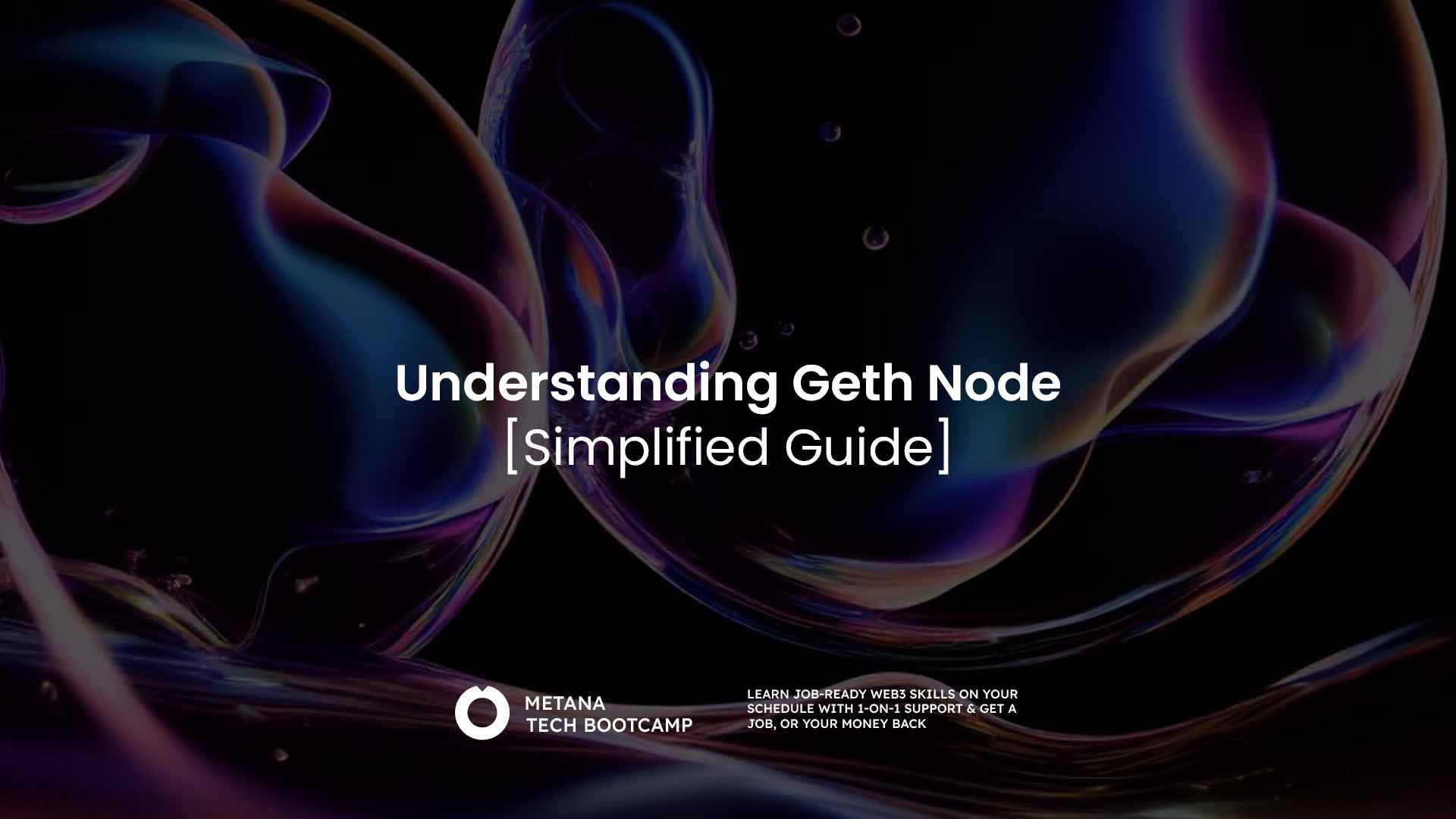
Understanding Geth: A Complete Guide to Ethereum's Most Popular Node Client

Colorful bubbles against dark background
Geth (Go Ethereum) is the official Go implementation of the Ethereum protocol, serving as a crucial node client that enables participation in the Ethereum network. It allows users to mine ether, transfer tokens, deploy smart contracts, and explore the blockchain.
As a full node client, Geth maintains a complete copy of the Ethereum blockchain, validates transactions, and participates in network consensus. It functions as both a command-line interface (CLI) and offers RPC (Remote Procedure Call) endpoints for dApp interactions.
Key Features:
- Full blockchain synchronization
- Mining capabilities
- Smart contract deployment and execution
- Wallet management
- Network participation and validation
Geth operates in several synchronization modes:
- Full Sync: Downloads entire blockchain history
- Fast Sync: Downloads block headers and processes recent state only
- Light Sync: Retrieves only current state without historical data
Running a Geth node requires:
- Minimum 4GB RAM
- 500GB+ SSD storage
- Stable internet connection
- Basic command-line knowledge
Common uses include:
- Development and testing of smart contracts
- Running private Ethereum networks
- Mining operations
- Network validation
- dApp backend infrastructure
Understanding Geth is essential for developers and network participants who want to contribute to Ethereum's decentralized ecosystem while maintaining network security and reliability.
